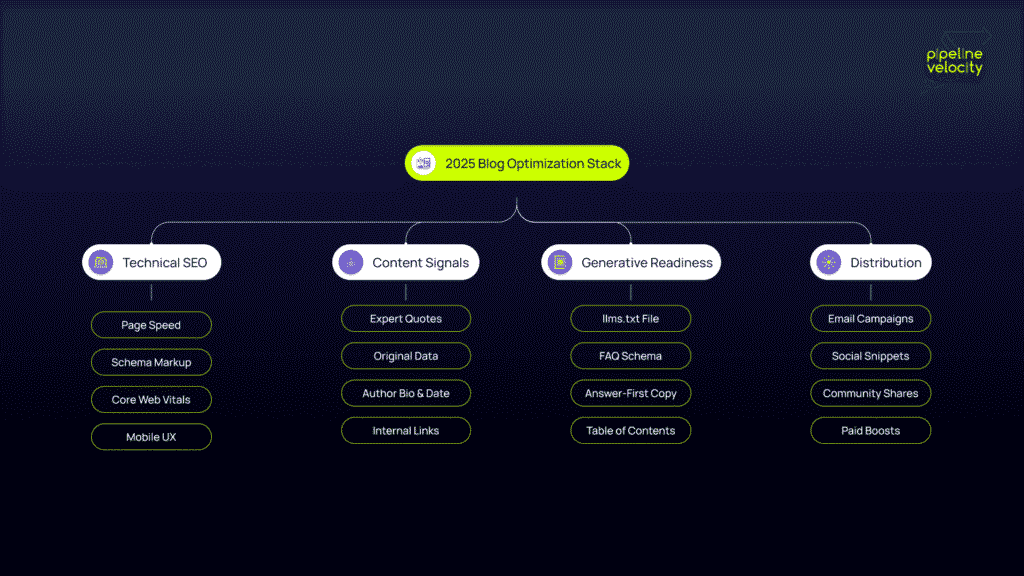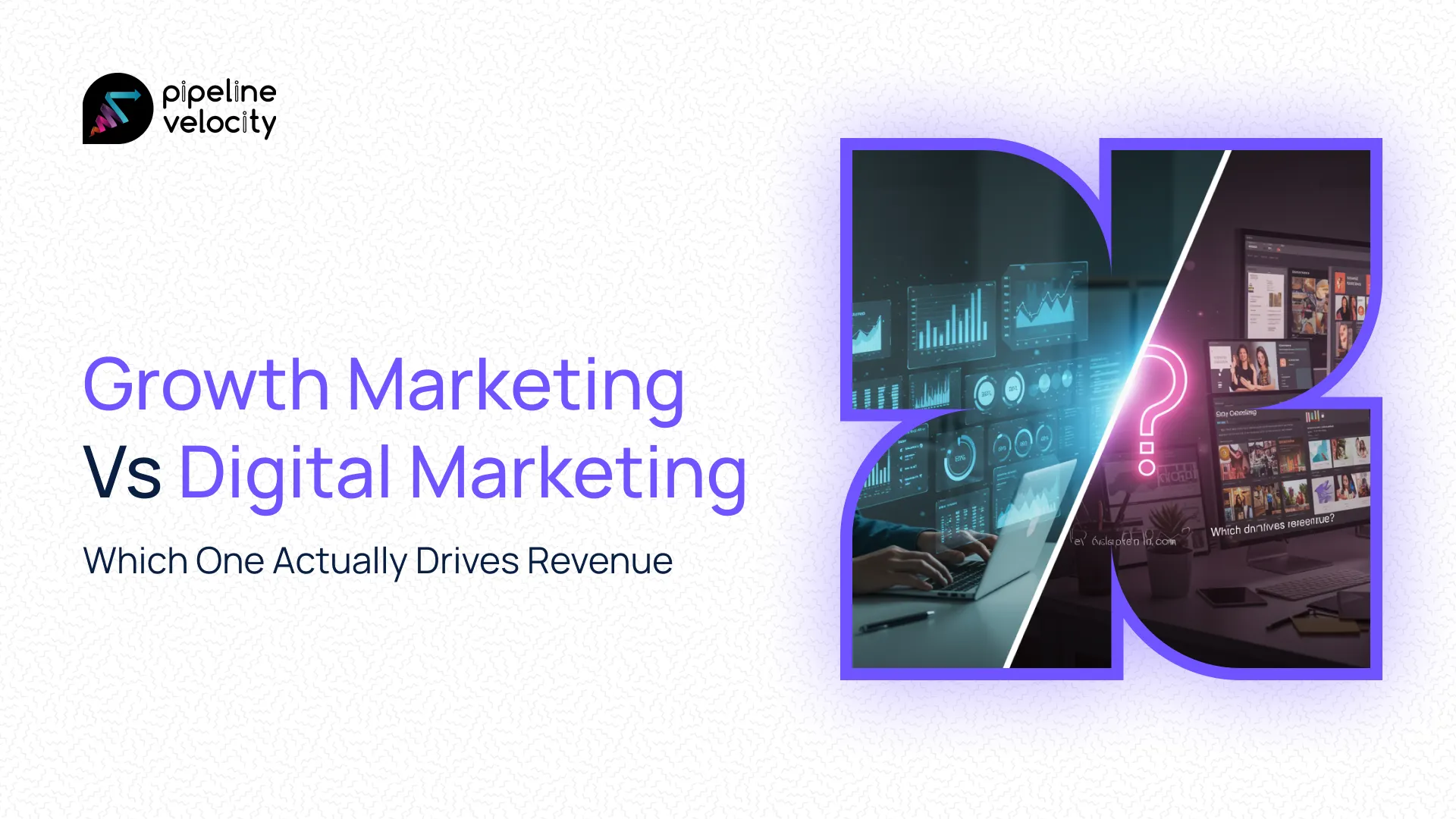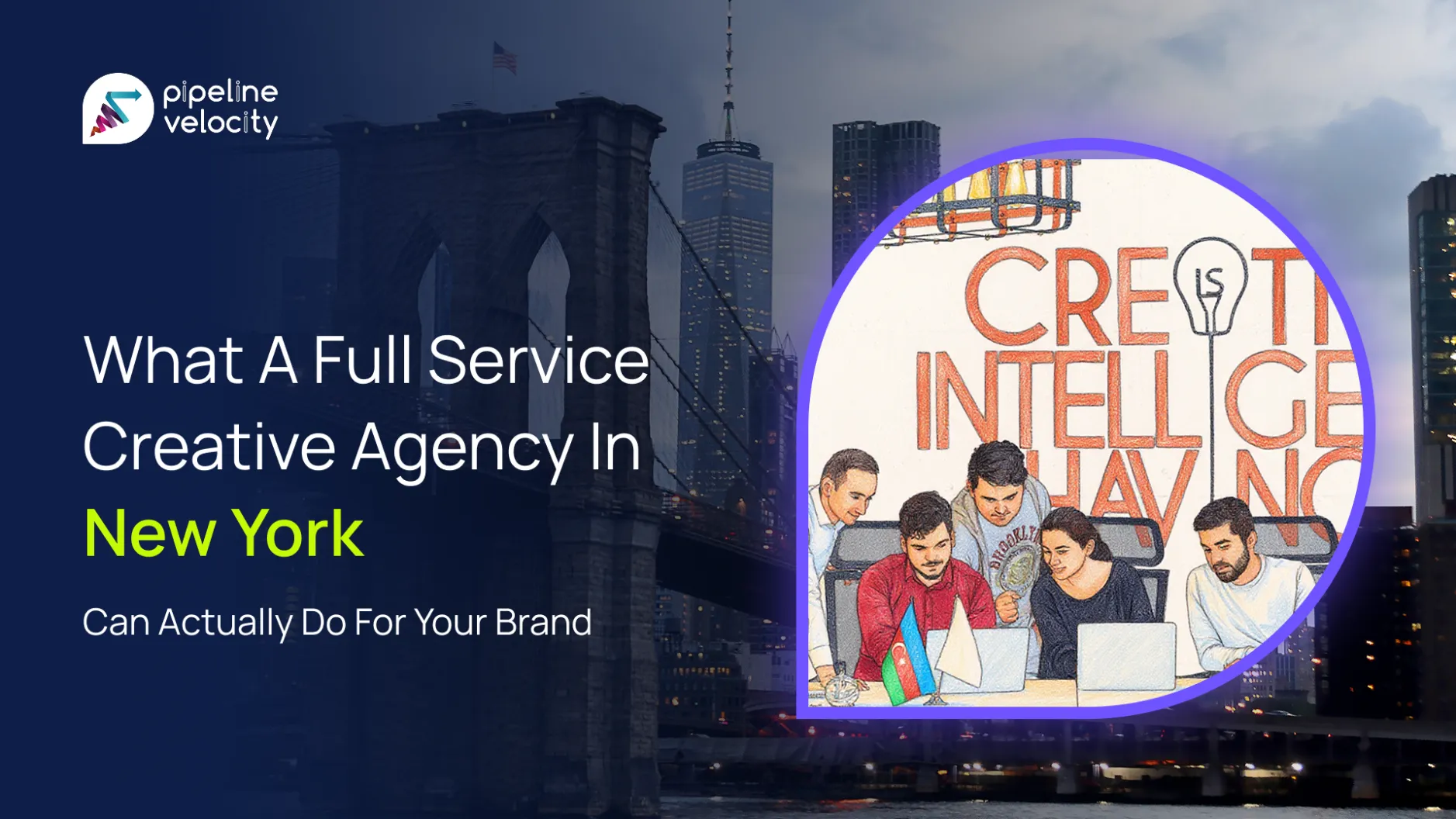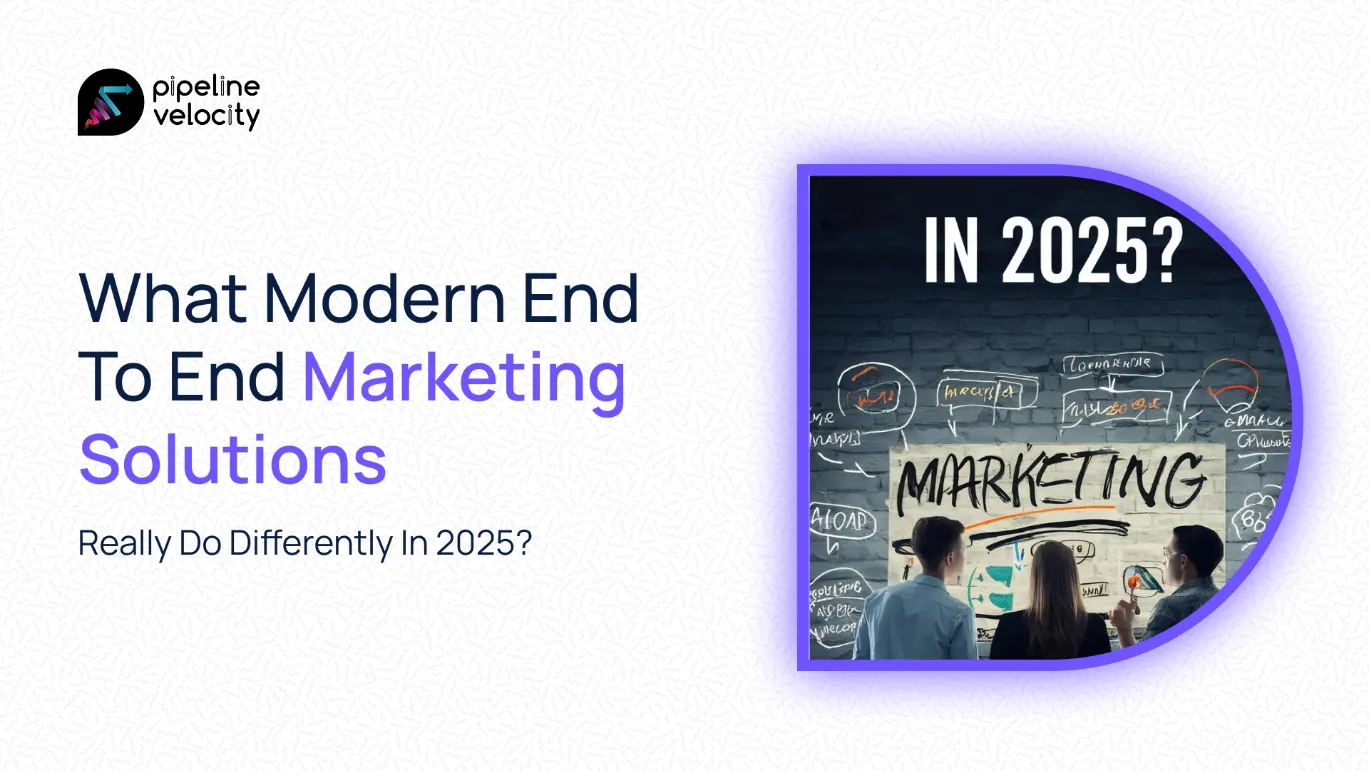Searchers keep asking: Do blogs still rank on Google in 2025? Yes. Do real people still read long-form posts when AI can spit out quick answers? Also yes. Companies that publish topic-focused articles still earn new visitors, build lists, and convert readers into buyers faster than brands that ignore written content. The catch: You must tighten structure, surface answers in seconds, and signal authority from the first headline. This guide shows how.
Why blogging still matters today
Blogging still produces measurable revenue because it answers niche questions better than generic AI snippets. Readers visit posts for depth, examples, and source links that condensed summaries cannot show. Pipeline Velocity tracks an average thirty-eight percent boost in organic sessions within six months for clients who publish weekly, proving written content still fuels pipelines. Search engines also rely on fresh articles to confirm topical authority and crawl new data sets.
Audience behavior trends
The 2025 reader skims first, saves second, and dives deep last. Heat-map tests show visitors scan headlines, check the author line, and decide within eight seconds whether to stay. Mobile sessions outnumber desktop visits by a two-to-one margin, so concise subheads and short paragraphs win. Voice search commands such as “best fleet tracking blog today” push conversational answers to the top. Interactive polls, embedded video clips, and an omnichannel marketing approach keep readers on page twenty-six percent longer.
Pipeline Velocity: Revenue Marketing Made Simple
Our services at Pipeline Velocity turn raw traffic into predictable revenue. We start by diagnosing marketing problems that block growth and then roll out fixes that combine SEO services with high-intent PPC campaigns. Clients lean on our fractional marketing team model to access senior strategists without full-time overhead. Every engagement begins with a clear forecast, regular scorecards, and a path to scalable results. If you want blogs that close deals instead of just attracting clicks, we are ready to help.
How AI and Generative Search Have Changed the Game
Large language models rewrite snippets, blend sources, and surface direct answers above organic links. Google’s Search Generative Experience now places synthesized blurbs in a colored box, nudging users to scroll less. Brands that feed structured data into posts earn mentions inside those boxes, turning blogs into source fuel for generative engines. AI also speeds content operations; marketers draft outlines in seconds and spend saved hours on interviews and graphics. Originality matters more than ever because models scrape anything predictable.
AI summaries and ChatGPT-style overviews
Readers appreciate instant context but still crave depth. When ChatGPT condenses a two-thousand-word guide into three lines, the user often clicks the cited blog for details. That click happens only if your post holds clear headings, named experts, and current stats. Think of AI summaries as free billboards; they tease the answer and point traffic back to the source. To earn that slot, load each intro with concrete numbers, cite the year, and reference firsthand experience.
Generative Engine Optimization and Answer Engine Optimization
GEO and AEO shift emphasis from keyword density to structured clarity. You optimize for entities, not just phrases, by tagging people, dates, and products with schema markup. Answer-first paragraphs address the core question in the opening sentence, mirroring the format generative engines want. Internal links guide bots through related posts so the model sees a thematic cluster. Precision beats volume; every sentence must earn its spot.
Pros and Cons of Blogging in 2025
Every strategy carries trade‑offs. Blogging excels at authority yet demands patience. Competition intensifies as AI tools lower the barrier to entry, so mediocre posts vanish on page two. The Bureau of Labor Statistics still estimates a five percent employment growth for writers through 2033, confirming demand for quality content even in an AI era (BLS outlook). Success favors brands that publish unique insights rather than recycled lists.
Benefits
Blog posts build a permanent knowledge base that compounds search traffic over years. Articles serve as assets for sales reps who share links instead of lengthy emails. Posts let you rank for long-tail questions that ads miss, cutting paid media costs. Blogs feed social channels with quotable snippets and drive email sign-ups. Written content also positions executives as thought leaders during complex buying cycles.
Drawbacks
Writing at scale requires budget for writers, editors, and designers. Measuring ROI can take three to six months, testing patience compared with paid ads. Maintaining technical SEO, including site speed, schema, and accessibility, adds another workload. Without promotion, even brilliant posts remain invisible. Rising noise means you must update pages quarterly to stay current.
Blogging Strategies That Still Work
Smart marketers double down on fundamentals while trimming waste.
Quality over quantity
Five well‑researched pieces outperform twenty shallow ones. Invest in expert interviews, original data, and clear visuals. A single authoritative guide can earn backlinks that dozens of listicles never get. Update that guide quarterly to maintain rank and relevance. Promote it across social and email channels to extend each insight’s lifespan.
Audience-first content mix
Start with the questions customers ask during sales calls, then build content that answers each. Blend how-to tutorials, case studies, and cost breakdowns so every stage of the funnel feels supported. Map each post to a buyer intent signal and link them in a journey flow. Refresh the mix every month to reflect seasonality and new pain points. Track engagement by persona to refine topics and formats.
Using AI wisely
Leverage AI for outlines, keyword clustering, and meta descriptions, not final copy. Always add human analysis, brand voice, and fresh examples. Run plagiarism checks to protect uniqueness. Treat AI as a junior assistant that accelerates prep work rather than a ghostwriter. Read each draft aloud to remove robotic phrasing before publishing.
How to Optimize Blogs for Generative Search
GEO tweaks differ from classic SEO techniques, yet both share a focus on clarity.
Content formatting and structure
Lead with an answer paragraph, then expand. Use H2s that read like questions users enter in voice queries. Keep sentences under twenty words for faster crawling. Include a table of contents so search features can jump users directly to a section. Close each block with a micro summary that reinforces the main takeaway and invites action.
Rich media and internal linking
Embed short explainer videos, audio clips, and data charts next to text to satisfy varied consumption modes. Link to at least three related posts to signal topical depth. Alt-tag every image with a descriptive phrase that matches nearby copy. These signals help generative engines grab accurate visual context. Refresh media annually to avoid broken links and outdated screenshots.
Authority and credibility signals
Attribute quotes to named experts with titles and companies. Cite current statistics with the year and source, then link to the research page. Display an author bio box and update it when certifications change. Add a publication date and last updated tag to show freshness. Combining these best practices with ongoing SEO services ensures every post ranks for the terms that matter.
When to Pivot Beyond Just Blogging
Some brands observe plateaued traffic even with solid posts; expansion keeps momentum.
Video-first or multi-format approaches
Short clips summarizing a post can reach YouTube Shorts and Instagram Reels audiences that avoid long reads. Podcasts spin blog outlines into conversational episodes. Slide decks translate key visuals for webinars and SlideShare. Repurposing multiplies reach without starting from scratch. Monitor each channel’s analytics to double down on the formats that convert.
Community and platform focus
Forums, Discord channels, and LinkedIn groups host niche discussions that blogs cannot match for immediacy. Use these spaces to test ideas, then feed winning threads back into blog updates. Co‑creation with power users builds loyalty and fresh content simultaneously. Host moderated AMA sessions to capture candid pain points. Reward top contributors with shout-outs or early feature access.
Future Outlook: Blogs in 2026 and Beyond
Written expertise will outlive every algorithm tweak. Models need raw material; human written posts with firsthand stories supply that input and remain valuable. Brands that treat blogging as knowledge stewardship instead of a traffic trick will ride each wave of change. Editorial discipline keeps archives cohesive and easy to explore. Expect multimodal results that mix text, voice, and augmented reality snippets; blogs with structured tables and downloadable assets will win those search journeys.
Execution Checklist: Launching a 2025-Ready Blog
Ready to deploy your own high-impact blog? Tick these boxes.
Pre-launch planning
Define a clear niche and create personas with pain points and preferred content types. Audit competitor gaps to spot topics you can own. Set measurable goals like leads per post and cost per acquisition. Secure subject matter experts early so research never stalls. Build a style guide and governance document to maintain consistency across authors.
Content creation
Great blogs start with research and a clear brief. Outline primary and secondary keywords, desired CTA, and expert sources before typing a word. Use AI clustering to group related terms, then add original statistics or case studies only you can provide. Write in active voice, keep paragraphs under seventy words, and insert visuals every four hundred words to break monotony. Close each post with an internal link path that points readers to service pages and a related blog such as our AI content guardrails guide.
Promotion and distribution
Hit publish, then push the post to every owned channel the same day. Share a trimmed take on LinkedIn, an infographic on Instagram, and a sound‑bite on your podcast recap. Feature the post in your newsletter and set an evergreen email nurture so new subscribers see it on week three. Repurpose key graphs into slide decks for webinars that lead back to the article. Paid boosts led by our PPC team can spark the first thousand eyes and social proof gives Google engagement signals.
Measurement and refinement
Track impressions, click‑through rate, average scroll depth, time on page, and assisted conversions. Compare your numbers with industry benchmarks from sources like the SBA market research guide to spot gaps. Refresh titles, intros, and meta descriptions quarterly to lift underperformers. When search intent shifts, update examples and statistics so the publish date stays current. Export data to our growth dashboard to see how each post influences pipeline velocity and cost per acquisition.

Pipeline Velocity: Turning Insights Into Growth
At Pipeline Velocity, we turn analytics into action so your content keeps earning. Our strategists audit your funnel, identify leaks, and spin up sprints that blend content marketing with conversion rate optimization. We benchmark every improvement against revenue, not vanity metrics. Clients that follow our playbooks see average deal velocity improve by thirty-one percent within two quarters. Partner with us and convert insights into measurable momentum.
In summary…
Blogs thrive when they respect readers’ time and search engines’ structure.
- Blogging still converts
- Evergreen guides win long‑tail traffic for years.
- Clear CTAs turn readers into leads.
- Evergreen guides win long‑tail traffic for years.
- AI changes consumption, not demand
- Generative snippets quote authoritative blogs.
- Human stories separate your brand from generic summaries.
- Generative snippets quote authoritative blogs.
- Strategy beats volume
- Five great posts outperform fifty thin ones.
- Promotion and updates keep each asset alive.
- Five great posts outperform fifty thin ones.
Treat every article as a revenue asset, nurture it, and watch organic opportunities grow month after month.
FAQs
Are blogs still good for SEO in 2025?
Yes. Google relies on fresh, authoritative text to feed its AI summaries and rank pages.
How long should a 2025 blog post be?
Aim for eighteen hundred to twenty‑five hundred words packed with unique insights and clear structure.
Do AI tools replace human writers?
No. AI accelerates drafting but human expertise, anecdotes, and tone differentiate winning posts.
How often should companies publish?
Publishing two high‑value posts per month beats daily shallow content and aligns with most B2B buying cycles.
What metrics prove blog ROI?
Track qualified leads, assisted revenue, and cost per acquisition alongside traffic to link content with revenue.






